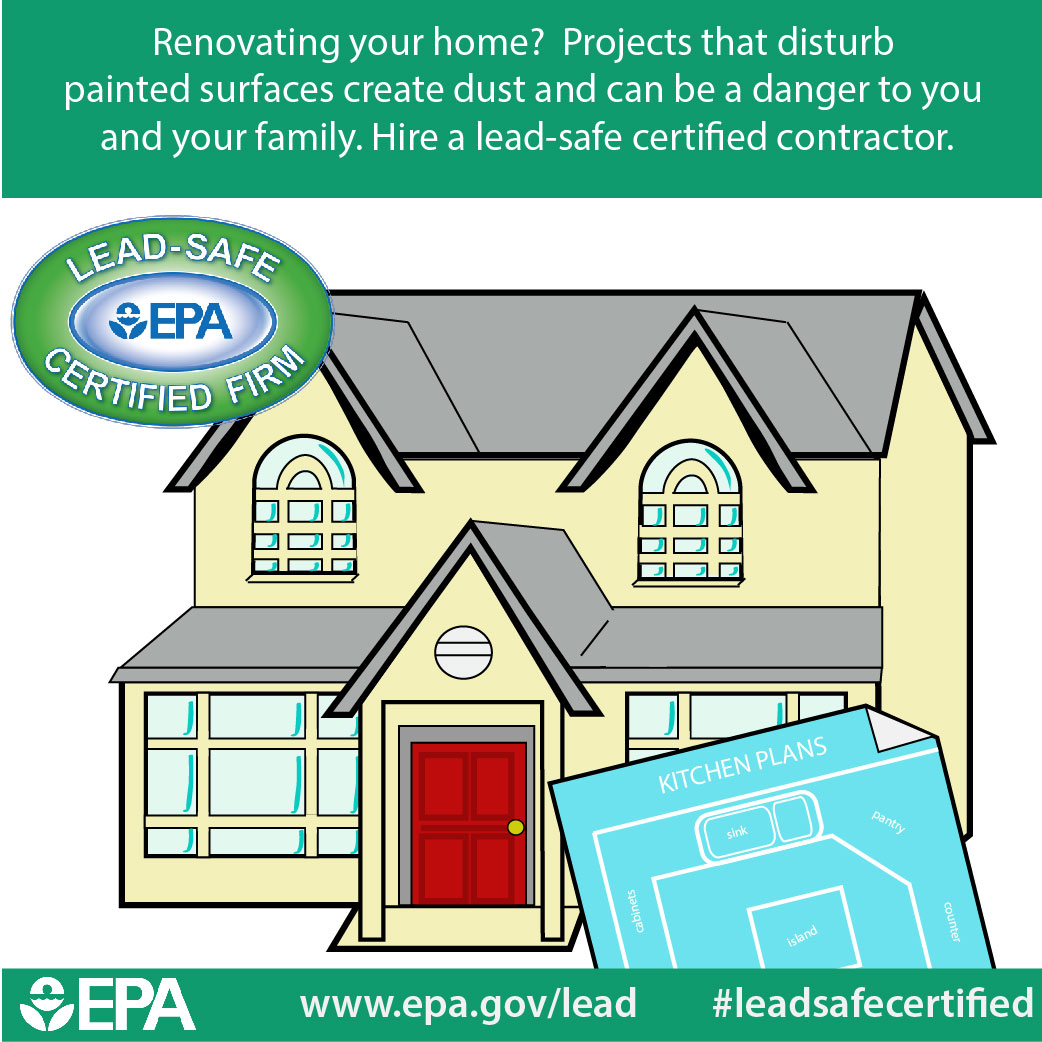Discover Just How Seasonal Elements Affect Industrial Exterior Painting Success And Uncover The Very Best Times To Make Sure Enduring Outcomes For Your Job
Discover Just How Seasonal Elements Affect Industrial Exterior Painting Success And Uncover The Very Best Times To Make Sure Enduring Outcomes For Your Job
Blog Article
Write- should you paint ceilings white -McLamb Skafte
When you're planning a commercial external paint project, seasonal elements can make or break your results. You'll want to consider just how temperature and humidity impact paint application and drying out times. Picking painting the walls and ceiling the same color can ensure your paint sticks effectively and lasts much longer. However which seasons are truly the best for this sort of work? Let's discover the crucial elements that can impact your task's success.
The Influence of Temperature Level on Paint Application
When you're planning an industrial exterior paint project, the temperature can considerably affect just how well the paint sticks and dries.
Preferably, you wish to repaint when temperature levels range between 50 ° F and 85 ° F. If it's as well chilly, the paint may not cure correctly, resulting in concerns like peeling or fracturing.
On the flip side, if it's also warm, the paint can dry out as well rapidly, protecting against correct bond and leading to an irregular surface.
You should also take into consideration the time of day; morning or late afternoon supplies cooler temperatures, which can be much more favorable.
Constantly inspect the manufacturer's recommendations for the certain paint you're using, as they usually provide support on the ideal temperature level range for optimal results.
Humidity and Its Impact on Drying Times
Temperature isn't the only ecological aspect that affects your business outside painting project; humidity plays a substantial duty as well. High moisture degrees can slow down drying out times substantially, affecting the general top quality of your paint job.
When the air is filled with moisture, the paint takes longer to cure, which can result in issues like poor bond and a higher risk of mildew development. If you're painting on an especially damp day, be prepared for prolonged delay times between layers.
It's essential to keep an eye on neighborhood climate condition and plan accordingly. Ideally, go for humidity degrees in between 40% and 70% for optimum drying out.
Keeping these factors in mind ensures your task stays on track and delivers a lasting surface.
Best Seasons for Commercial Exterior Paint Projects
What's the most effective season for your business exterior paint projects?
Springtime and early autumn are generally your best bets. Throughout these seasons, temperature levels are mild, and humidity degrees are usually reduced, creating ideal problems for paint application and drying out.
Stay clear of summertime's intense heat, which can create paint to completely dry also quickly, resulting in poor adhesion and surface. Similarly, wintertime's chilly temperature levels can impede proper drying out and curing, running the risk of the durability of your paint work.
Aim for days with temperature levels between 50 ° F and 85 ° F for optimal results. Bear in mind to inspect the local weather report for rain, as wet conditions can wreck your project.
Planning around these variables guarantees your painting project runs efficiently and lasts much longer.
Final thought
To conclude, intending your commercial outside paint tasks around seasonal considerations can make a considerable distinction in the end result. By scheduling work during the excellent temperature levels and humidity degrees, you'll make certain far better adhesion and drying out times. Bear in mind to keep an eye on local weather report and pick the correct time of year-- springtime and early fall are your best choices. Taking these steps will help you accomplish a durable and professional finish that lasts.
